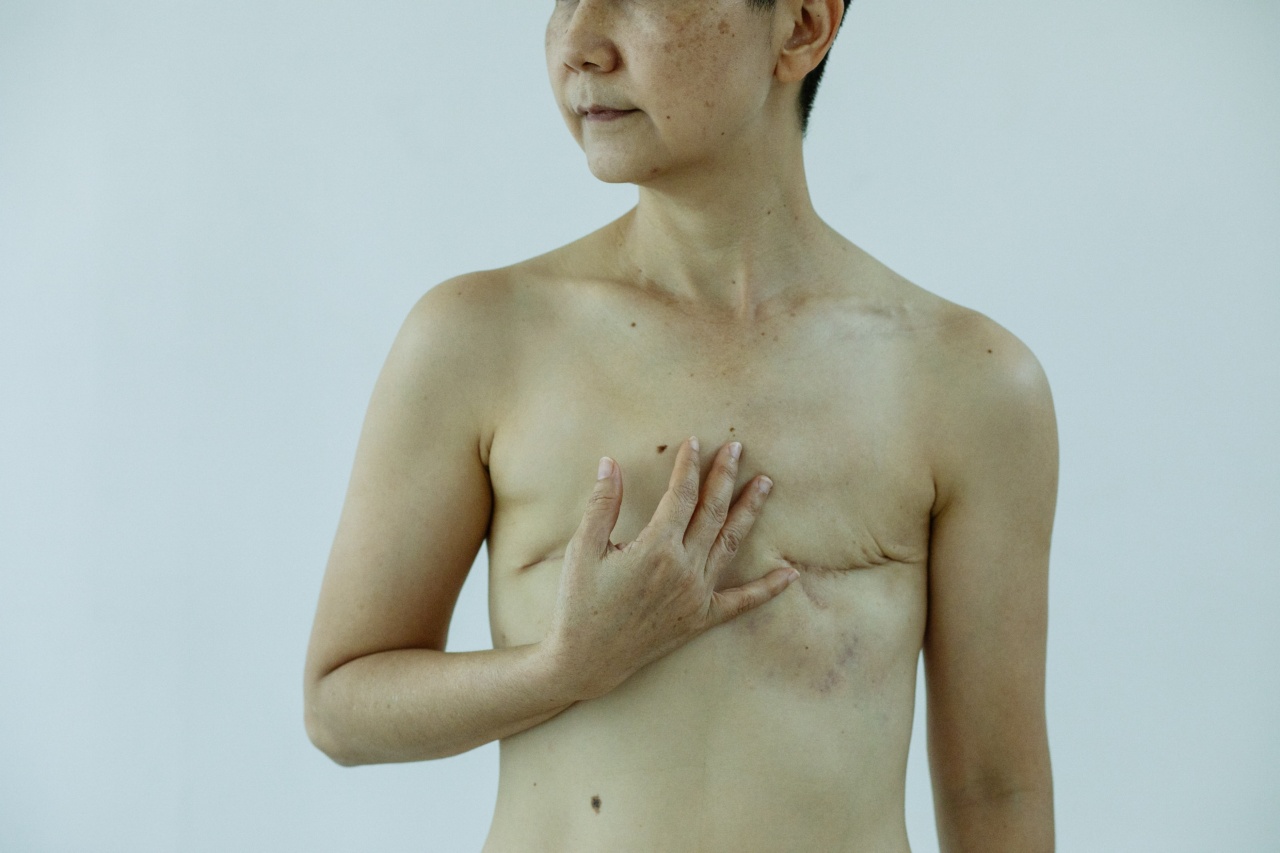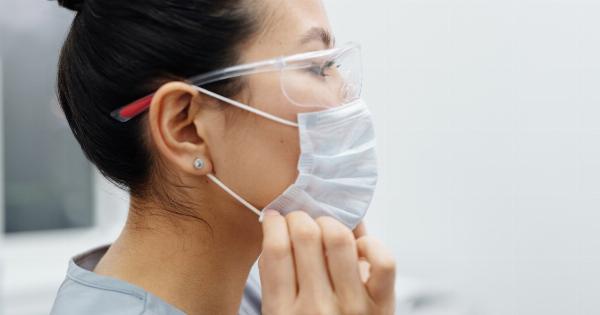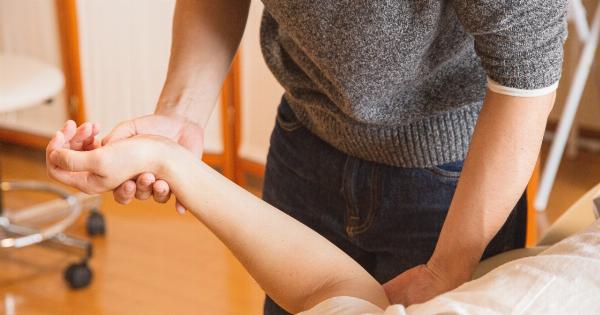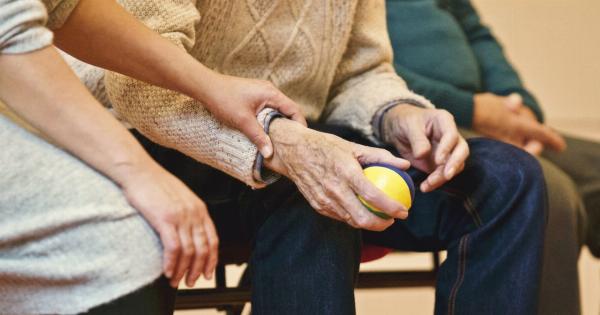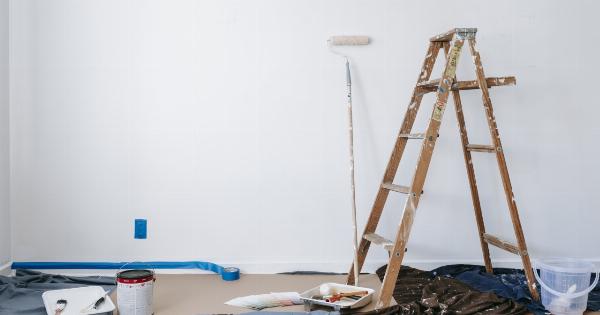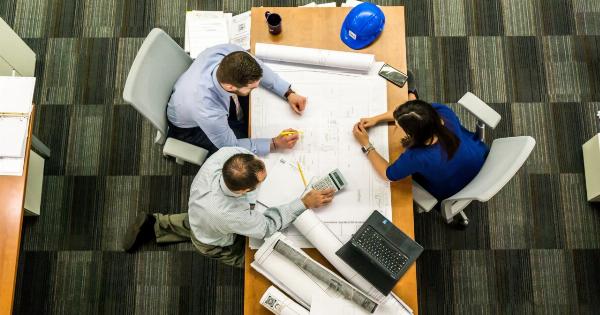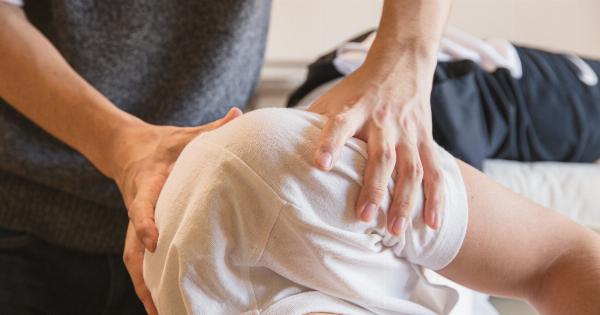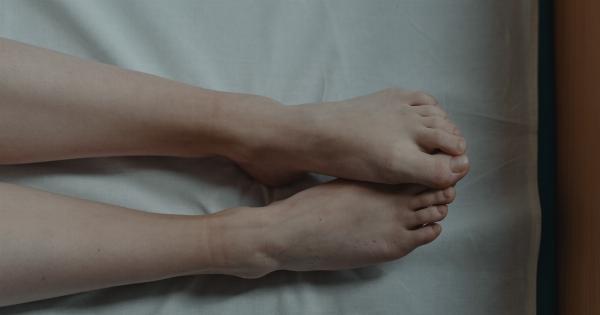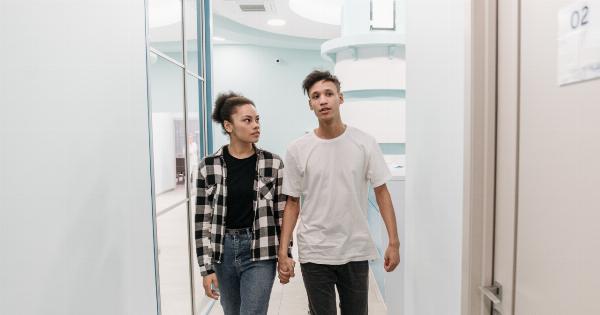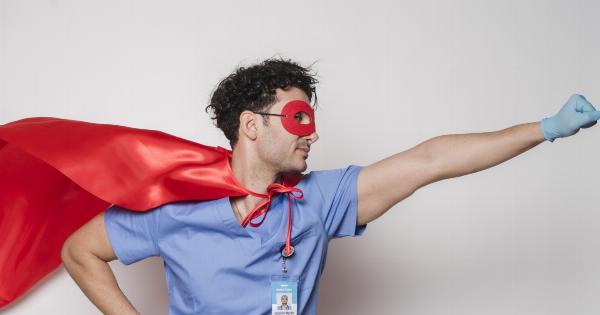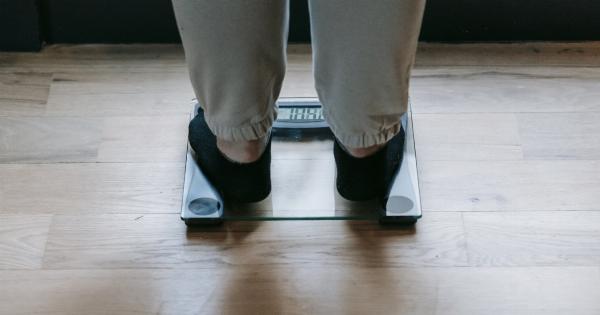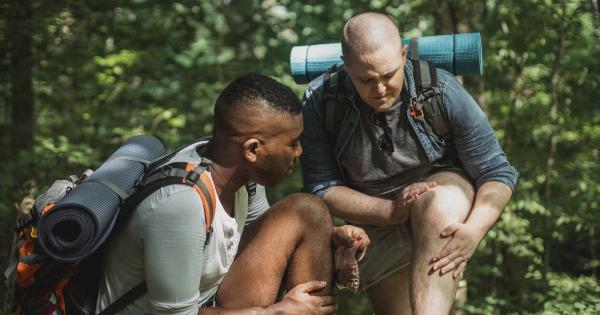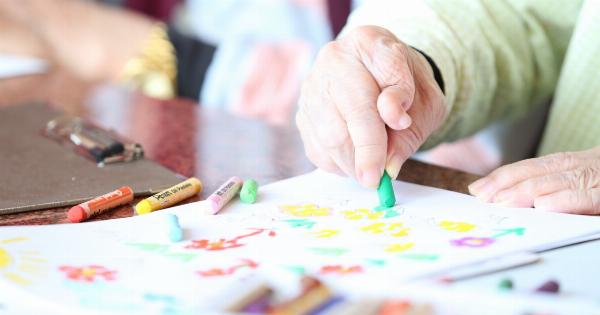ACL or Anterior cruciate ligament injuries are one of the most common knee injuries that athletes and active individuals suffer from.
This may happen when the knee undergoes an abrupt twisting motion, typically while playing sports that require various changes in direction such as soccer, basketball and football. It can also occur due to sudden stops or collisions during sports. It is a serious injury and requires timely and proper treatment to recover from it.
What Happens During ACL Injury?
ACL injury happens when the ligament that runs diagonally through the middle of the knee gets torn or stretched beyond its capacity.
As the ACL ligament is responsible for providing the necessary stability to the knee, a tear or a rupture in it can cause pain, swelling, stiffness and instability in the knee. The knee may also give out or feel like it’s going to collapse during physical activity.
ACL Recovery without Surgery
Recovering from ACL injury is a lengthy process that requires a combination of physical therapy and proper care. While surgery may be necessary in some cases, it is not always required. Here are some ways to recover from ACL injury without surgery:.
Physical Therapy
Physical therapy is an effective way to recover from ACL injury without surgery. A physical therapist can assist you in regaining strength and mobility in your knee and lower body.
Physical therapy may involve a variety of exercises and techniques to help you recover from ACL injury. Your physical therapist might recommend stretching, strength-training and balance training exercises. These exercises will help strengthen the surrounding muscles of the knee, and eventually recover the lost stability of your knee.
Rest and Ice
Rest and ice can help reduce swelling and pain. This step can be a crucial part of the healing process and help you feel better. Applying ice to your knee can help decrease pain and swelling.
Make sure you rest properly and avoid activities that put stress on your knee. Follow the RICE (rest, ice, compression, and elevation) protocol for quick healing and pain relief.
Strengthening Exercises
Strengthening exercises are designed to help you develop strength in your knee and legs. These exercises are best performed under the guidance of a physical therapist, who can provide advice on which exercises are most suitable for you.
These exercises might include leg raises, squats, and calf raises, all of which will help strengthen your knee and restore the lost stability of your knee.
Bracing and Supports
Braces and supports are also used in ACL injury recovery without surgery. A knee brace can offer support and stability to your knee, which can help reduce the pain and enable you to participate in physical activities with greater confidence.
Braces can be an excellent option to provide extra stability and support during your recovery phase.
Avoid High Impact Sports
Once you’ve experienced ACL injury, it’s crucial that you stay away from high impact sports until you fully recover. High impact activities such as running, jumping and contact sports could increase the risk of further injury.
Consider low impact sports like cycling, swimming or yoga to maintain your physical strength during the recovery phase.
Focus on Proper Nutrition
It is vital to maintain a balanced and nutritious diet throughout your ACL injury recovery process. The right foods will help you recover faster by providing your body with essential nutrients necessary for healing.
Eat a protein-rich diet, which includes foods like lean meat, fish, eggs, beans, and nuts. Consider taking supplements like Vitamin D, Calcium, Magnesium, and Vitamin C, which help heal damaged tissues and boost the immune system.
Conclusion
ACL injury, while a severe injury, does not always require surgery. With the right combination of rest, physical therapy, exercise and proper nutrition, anyone can recover from ACL injury without surgery.
Give yourself ample time to heal by following your physical therapist’s advice, and don’t hesitate to seek medical attention if you experience any complications in your recovery.
